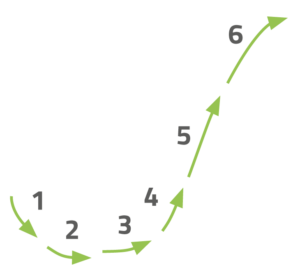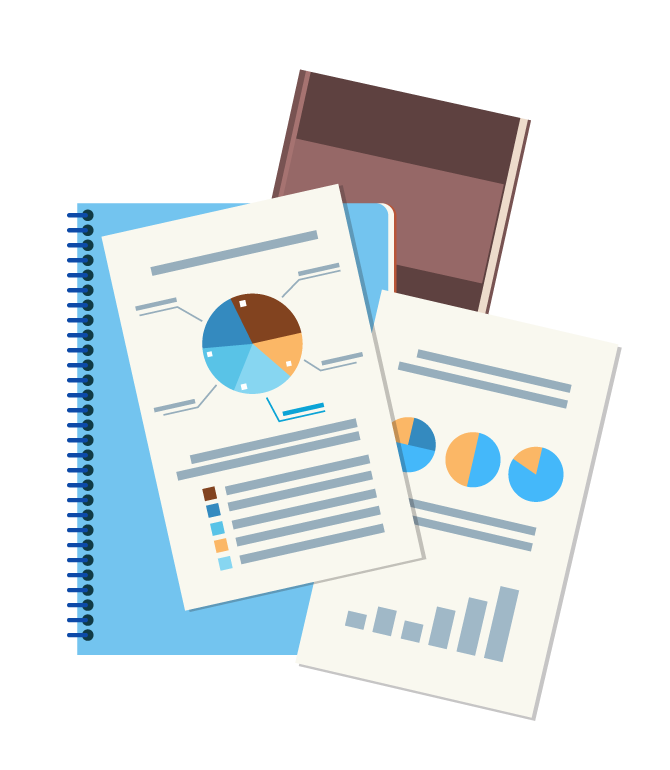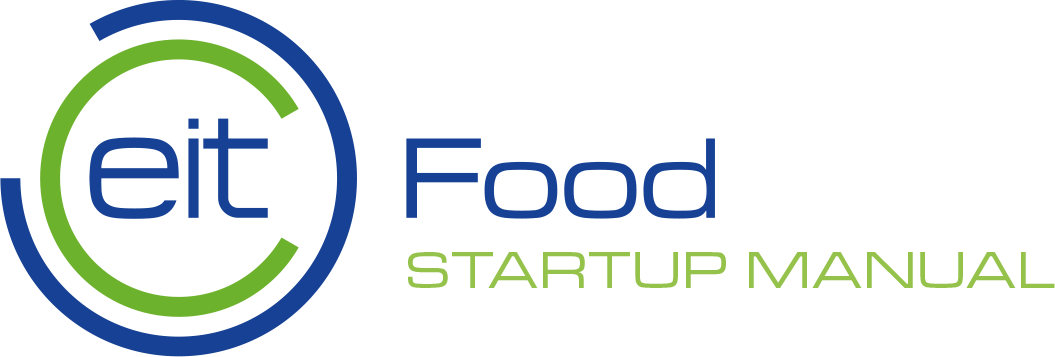Module 3 - Developing a business model & building your business plan
2. Phases of growth: understanding the startup journey
When starting a business, you’ll go through different phases like with any journey you undertake. This next section introduces different startup journey theories to give you some idea of what to expect over the life-cycle of your growth. Understanding which phase you’re at is useful as it helps you focus better on the task at hand and helps you prioritise.

Three stages from startup commons:
This framework lays out the path from the initial idea to having a product and then scaling it.

The startup J curve (by Howard Love author of “The Startup J-Curve: The Six Steps to Entrepreneurial Success.”)
The premise of the startup J curve is that by knowing which stage you’re at, you can take better decisions leading you in the right direction.
The Six Phases of The J Curve

- Create: this is the beginning of the journey, when you put together the right ingredients to develop your startup, namely your idea, time and money. Love argues that it’s easier to raise money at this stage as you’re still selling a dream.
- Release: when reality kicks in. You get your product out there and realise lots of things are wrong with it. This is not the final product/service and should simply be your MVP/prototype. Feedback collected at this stage from customers will inform the third stage.
- Morph: you make changes to your initial product idea based on informed decisions gathered through customer feedback. You go through several phases of iterations to achieve product-market fit.
- Model: this phase focuses on developing a strong business model and figuring out how you make money. Make sure you work out the economics of your product or service so that you have a solid base when you grow. Don’t be tempted to skip to the next phase until you’ve figured out stage 4 (more on modelling costs & figuring out product economics in Chapter 6).
- Scale: having nailed your product/service and your business model, it’s time to figure out how to scale and raise necessary funding.
- Harvest: this stage is less relevant for this guide, it’s when startups grow to no longer be become established businesses.
And in real life?
Your startup journey will not follow any of the frameworks exactly.
In reality, it’s likely to look a bit more like this:

Entrepreneur testimonial on evolving business models and plans
“It is truly a living, breathing document that has been actively revised since day two. The most significant transformation the business model has undergone has been in successfully building a product line that scales with our business: to develop a portfolio of products that have different price points and different markets, rather than being a “one trick pony.”
– Arturo, Co-Founder at Clara Foods


